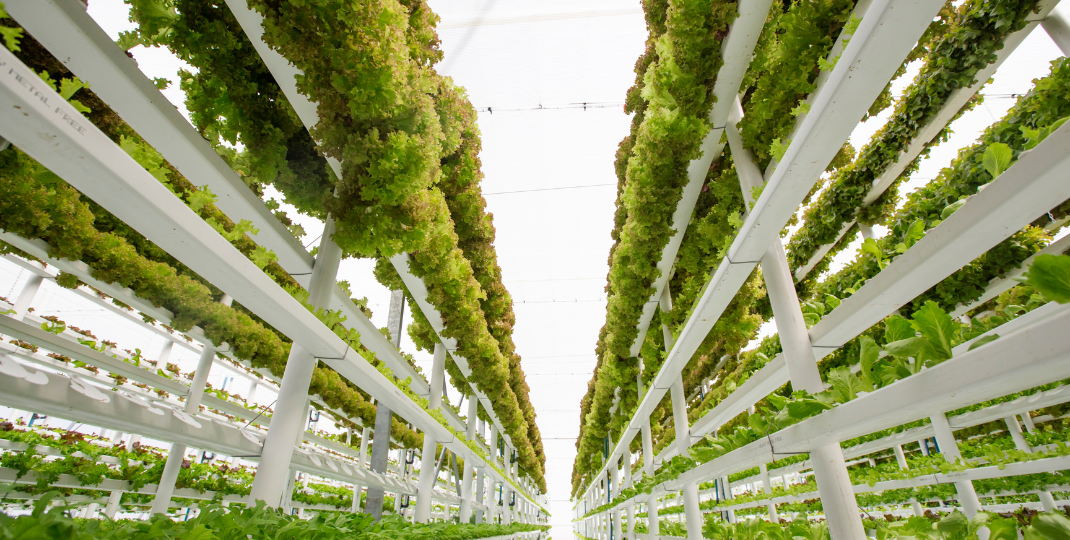Esco Aster Cultured Meat is a revolutionary concept in the field of meat production, offering a sustainable and ethical alternative to traditional farming methods. By growing real meat from animal cells in a lab setting, Esco Aster aims to address the environmental impact of livestock agriculture while providing consumers with a reliable source of high-quality protein. With its groundbreaking technology and commitment to creating a more humane and environmentally friendly food system, Esco Aster is poised to revolutionize the way we think about and consume meat.

How is Esco Aster produced?
Esco Aster is produced through a process known as cellular agriculture. It starts with a small sample of animal cells, usually taken from a biopsy. These cells are then cultured in a nutrient-rich medium that provides them with the necessary growth factors and nutrients to multiply and form muscle tissue. The cells are placed in a bioreactor, where they are constantly monitored and provided with optimal conditions such as temperature and oxygen levels. Over time, the cells develop into meat-like structures, which can be harvested, processed, and prepared for consumption. This method eliminates the need for traditional livestock farming, reducing environmental impact and ethical concerns associated with animal slaughter.

What are the main ingredients used in Esco Aster ?
The main ingredients used in Esco Aster include animal cells, growth media, and scaffolding materials. Animal cells are harvested from a live animal through a biopsy or stem cell extraction process. These cells are then cultured and multiplied in a nutrient-rich growth media that provides the necessary components for cell growth and development. Scaffolding materials, such as plant-based proteins or other biomaterials, are used to provide structure and support for the growing cells. Together, these ingredients enable the production of cultured meat that closely resembles conventional meat in terms of taste, texture, and nutritional composition.
What is the nutritional value of Esco Aster compared to traditional meat?
Esco Aster offers several nutritional benefits compared to traditional meat. Firstly, it is generally lower in saturated fat and cholesterol, making it a healthier option for individuals concerned about heart health. Additionally, Esco Aster can be produced with specific nutrient profiles, allowing for the enrichment of essential vitamins and minerals. This means that it can be tailored to address specific dietary needs or deficiencies. Furthermore, Esco Aster is free from antibiotics and hormones, reducing the potential risks associated with their consumption. Overall, Esco Aster provides a sustainable and nutritious alternative to traditional meat choices.
How does Esco Aster ensure the safety and hygiene of their cultured meat?
Esco Aster ensures the safety and hygiene of their cultured meat through a rigorous and systematic approach. They maintain strict quality control measures throughout the entire production process, from sourcing the cells to the final product. Esco Aster follows Good Manufacturing Practices (GMP) and adheres to international food safety standards to ensure that their cultured meat is free from Esco Aster Cultured Meat any contaminants or pathogens. They have implemented advanced bioprocessing technologies and sterile techniques to prevent any cross-contamination. Additionally, regular sanitation and cleaning procedures are carried out in their facility to maintain a high level of hygiene. Overall, Esco Aster prioritizes safety and hygiene to deliver a safe and healthy cultured meat product to consumers.
What is the cost of Esco Aster compared to regular meat?

The cost of Esco Aster is currently higher compared to regular meat. This is primarily due to the complex and expensive process involved in growing meat cells in a laboratory setting. The production of cultured meat requires specialized equipment, nutrient-rich media, and extensive research and development, all of which add to the overall cost. However, as technology advances and economies of scale are achieved, it is expected that the cost of cultured meat will decrease and eventually become more competitive with regular meat products.

Are there any environmental benefits associated with consuming Esco Aster ?
Yes, there are several environmental benefits associated with consuming Esco Aster . Firstly, cultured meat significantly reduces the need for traditional animal agriculture, which is one of the largest contributors to greenhouse gas emissions, deforestation, and water pollution. By producing meat in a lab setting, Esco Aster can minimize these negative impacts on the environment. Additionally, cultured meat requires fewer resources such as land, water, and feed compared to traditional livestock farming, making it a more sustainable option. Overall, consuming Esco Aster can help mitigate climate change, preserve natural habitats, and conserve vital resources.
Has Esco Aster conducted any taste tests or consumer surveys for their cultured meat products?
There is no specific information available to determine whether Esco Aster has conducted taste tests or consumer surveys for their cultured meat products. The extent and details of their research and development efforts in this regard are not publicly disclosed, making it difficult to provide a definitive answer.

What are the current regulations and policies regarding the production and sale of Esco Aster ?

As of now, there are no specific regulations and policies in place solely for the production and sale of Esco Aster . The production and sale of cultured meat, including Esco Aster's product, generally fall under existing regulations related to food safety, labeling, and marketing. However, it is important to note that different countries may have varying regulations on the use of cell cultures for food production. As this industry continues to develop and gain prominence, it is likely that specific regulations and policies will be introduced to address the unique aspects of cultured meat production and ensure consumer safety.
Esco Aster : Pioneering Sustainable and Ethical Food Production
In conclusion, Esco Aster's cultured meat technology holds great promise for revolutionizing the food industry. By producing meat products through cell culture rather than traditional animal agriculture, Esco Aster offers a more sustainable and ethical alternative that addresses many of the environmental and ethical concerns associated with conventional meat production. Additionally, their innovative approach allows for customization and control over the nutritional content, taste, and texture of the final product. With continued research and development, Esco Aster's cultured meat has the potential to become a mainstream solution to feeding a growing global population while minimizing the negative impacts on our planet and animals.
